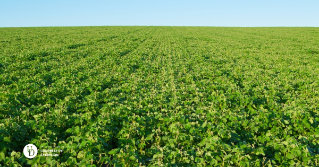
Pest Management Insect Trapping
Insect Trap Information
The University of Delaware’s Extension IPM Program provides in-season insect trap information to help producers, agribusiness and consultants make informed insect management decision in field and vegetable crops.
Traps are monitored twice a week and current trap catches are posted on this website. The main pests monitored include corn earworms (CEW) , European corn borers (ECB), and true armyworm (TAW), and stink bugs.
Links for decision making information
- Action Thresholds for Silk Stage Sweet Corn
- ECB and CEW moth catch thresholds for processing snap beans
Local
- UD IPM Black Light and Pheromone Trap Counts
(European Corn Borer & Corn Earworm) - True Armyworm Black Light Trap Counts
- Stink Bug Black Light Trap Counts
Related Fact Sheets
All Results
-
SOYBEAN VEIN NECROSIS VIRUS
Soybean Vein Necrosis Virus is an Orthotospovirus. This virus can be seed borne or vectored by multiple thrips species.
-
ALFALFA WEEVIL CONTROL IN ALFALFA
The alfalfa weevil (AW) overwinters in both the adult and egg stages. Although egg laying occurs in the fall and spring, larvae hatching from spring-laid eggs cause the most damage. Eggs are laid in the alfalfa stem any time temperatures are above 48 degrees F.
-
APHID CONTROL IN SMALL GRAINS IN THE SPRING
The most common aphid species found in Delaware small grain fields are the English grain aphid, bird cherry-oat aphid, corn leaf aphid, and the greenbug. These four species can overwinter on small grains as eggs or as females which give rise to offspring in the spring.
- 1
- 2
- 3
- 4
- 5
- 6
- 7
- >>





































